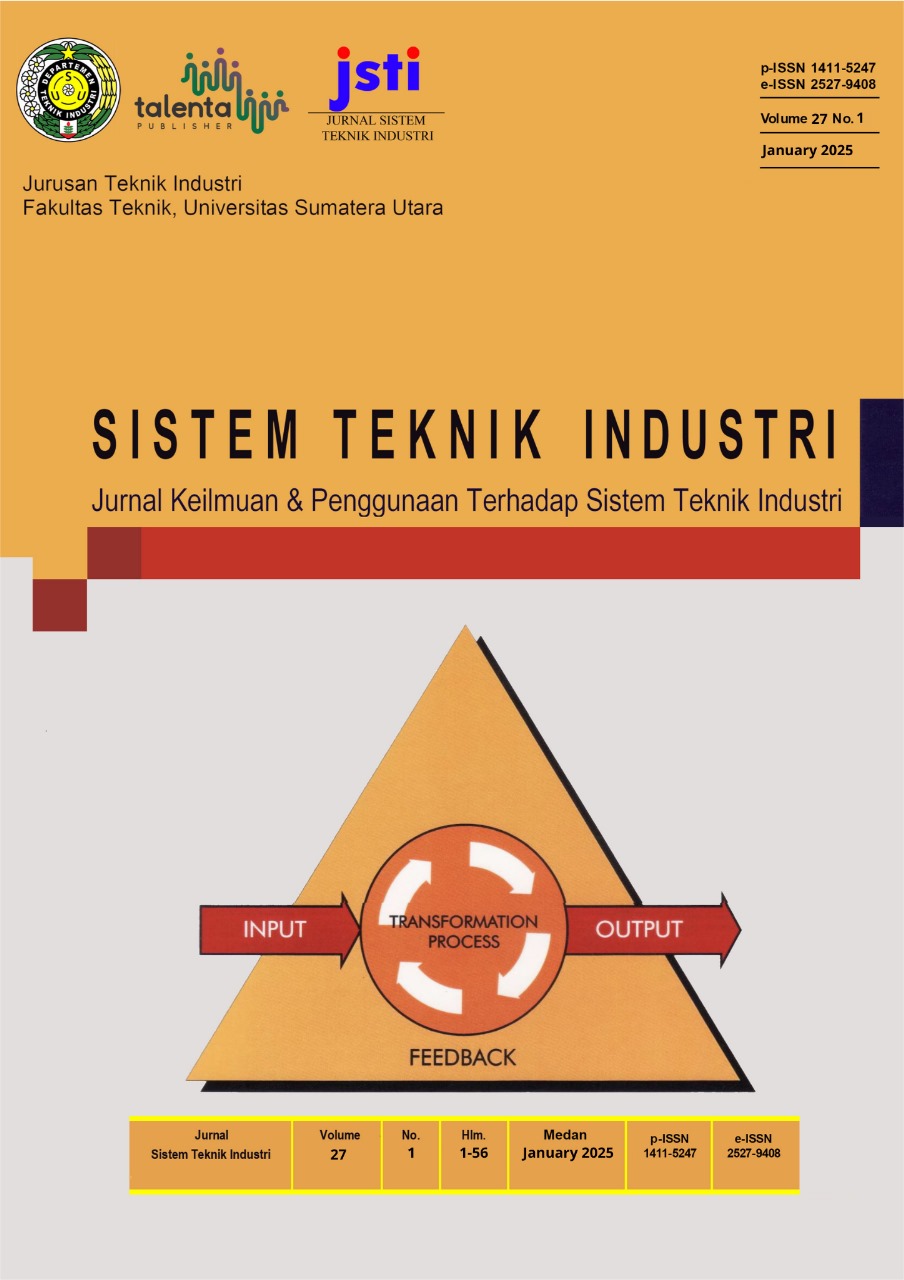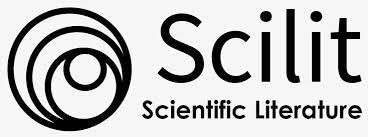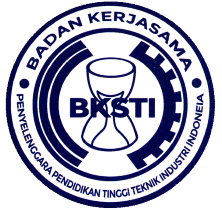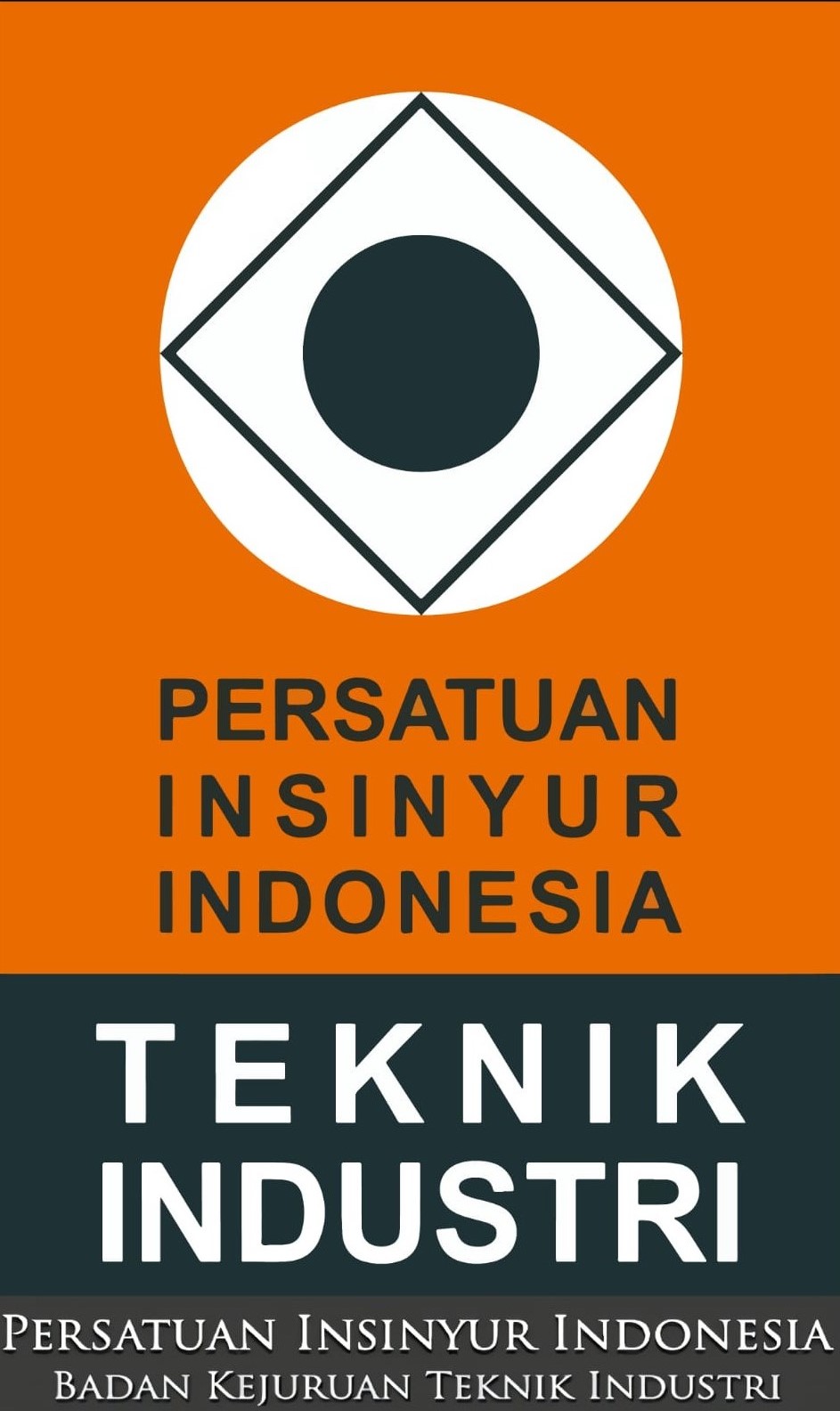Waste Evaluation in Crude Palm Oil (CPO) Production Using Lean Manufacturing Approach
DOI:
https://doi.org/10.32734/jsti.v27i1.19036Keywords:
lean manufacturing, non-value added, Waste Assessment Questionnaire (WAQ)Abstract
As business competition intensifies, an organization needs to streamline operations and improve plant performance, focusing on minimizing waste. At Company XYZ, inefficient processes have led to persistent waste in crude palm oil (CPO) production, particularly in the forms of motion, waiting, and transportation. The objective of this study is to identify waste in the CPO production, analyze its root causes, and propose actionable improvements. A lean manufacturing approach was employed using Value Stream Mapping (VSM), Waste Assessment Model (WAM), Waste Assessment Questionnaire (WAQ), Value Stream Mapping Tools (VALSAT), and Cause-and-Effect Diagram methodologies. The VSM analysis revealed motion, waiting, and transportation as the primary waste categories. Waste identification using WAM ranked motion as the most significant waste (19.39%), followed by waiting (14.91%), transportation (14.57%), overproduction (14.23%), defects (14.21%), inventory (14.17%), and overprocessing (8.52%). Process Activity Mapping (PAM) identified 34 activities, with 50% being value-added, 9% non-value-added, and 41% necessary but non-value-added. This research improves operational performance and productivity in CPO production using lean tools. These interventions are expected to reduce waste and enhance operational performance significantly.
Downloads
References
A. Ravizar and R. Rosihin, “Penerapan lean manufacturing untuk mengurangi waste pada produksi absorbent,” Jurnal INTECH Teknik Industri Universitas Serang Raya, vol. 4, no. 1, p. 23, Nov. 2018, doi: 10.30656/intech.v4i1.854.
D. M. Utama, S. K. Dewi, and V. I. Mawarti, “Identifikasi waste pada proses produksi key set clarinet dengan pendekatan lean manufacturing,” Jurnal Ilmiah Teknik Industri, vol. 15, no. 1, p. 36, Jul. 2016, doi: 10.23917/jiti.v15i1.1572.
J. Fitriadi, “Identifikasi waste crude palm oil dengan menggunakan waste assessment model,” Jurnal INTECH Teknik Industri Universitas Serang Raya, vol. 8, no. 1, pp. 43–53, Jun. 2022, doi: 10.30656/intech.v8i1.4387.
H. Herudi, F. Fathurohman, and S. Supriyadi, “Analisa efektivitas proses sinter plant dengan pendekatan lean manufacturing,” Jurnal Intent: Jurnal Industri dan Teknologi Terpadu, vol. 3, no. 2, pp. 99–110, Aug. 2020, doi: 10.47080/intent.v3i2.955.
Y. Prawira, A. Ishak, and A. Anizar, “A review of literature on lean manufacturing tools and implementation based on Case studies,” Jurnal Sistem Teknik Industri, vol. 26, no. 1, pp. 11–21, Jan. 2024, doi: 10.32734/JSTI.V26I1.11489.
J. Oliveira, J. C. Sá, and A. Fernandes, “Continuous improvement through ‘Lean Tools’: An application in a mechanical company,” Procedia Manuf, vol. 13, pp. 1082–1089, Jan. 2017, doi: 10.1016/J.PROMFG.2017.09.139.
D. A. Lubis, S. Pujangkoro, and J. Hidayati, “Lean approach to minimize waste in biscuit production process using value stream mapping method at PT. XYZ,” Jurnal Sistem Teknik Industri, vol. 26, no. 2, pp. 120–127, Jul. 2024, doi: 10.32734/JSTI.V26I2.13544.
G. Pude, G. Naik, and P. Naik, “Application of process activity mapping for waste reduction a case study in foundry industry,” International Journal of Modern Engineering Research, 2012, Accessed: Jan. 10, 2025. [Online]. Available: https://www.academia.edu/download/29458991/CF2534823496.pdf
T. Satria and E. Yuliawati, 2018 “Perancangan lean manufacturing dengan menggunakan waste assessment model (WAM) dan VALSAT untuk meminimumkan waste (studi kasus: PT. XYZ),” Jurnal Rekayasa Sistem Industri, vol. 7, no. 1, pp. 55–63, doi: 10.26593/jrsi.v7i1.2828.55-63.
I. A. Rawabdeh, “A model for the assessment of waste in job shop environments,” International Journal of Operations and Production Management, vol. 25, no. 8, pp. 800–822, 2005, doi: 10.1108/01443570510608619/FULL/XML.
M. Martins, R. Godina, C. Pimentel, F. J. G. Silva, and J. C. O. Matias, “A practical study of the application of SMED to electron-beam machining in automotive Industry,” Procedia Manuf, vol. 17, pp. 647–654, Jan. 2018, doi: 10.1016/J.PROMFG.2018.10.113.
K. Syahputri, R. Meilina Sari, I. Rizkya, and K. Kunci, “Implementation of 5S in improving of palm oil mill working environment,” Jurnal Sistem Teknik Industri, vol. 25, no. 1, pp. 18–24, Jan. 2023, doi: 10.32734/JSTI.V25I1.8641.
T. Ristyowati, A. Muhsin, and P. P. Nurani, “Minimasi waste pada aktivitas proses produksi dengan konsep lean manufacturing (studi kasus di PT. Sport Glove Indonesia),” OPSI, vol. 10, no. 1, p. 85, Jun. 2017, doi: 10.31315/opsi.v10i1.2191.
M. Hudori, “Identifikasi dan eliminasi waste pada proses receiving di gudang logistik,” Malikussaleh Industrial Engineering Journal, vol. 5, no. 2, pp. 38–45, 2016.
Lukmandono, N. L. P. Hariastuti, Suparto, and D. I. Saputra, “Implementation of waste reduction at operational division with lean manufacturing concept,” IOP Conf Ser Mater Sci Eng, vol. 462, no. 1, p. 012049, Jan. 2019, doi: 10.1088/1757-899X/462/1/012049.
Downloads
Published
How to Cite
Issue
Section
License
Copyright (c) 2025 TALENTA Publisher Universitas Sumatera Utara

This work is licensed under a Creative Commons Attribution-ShareAlike 4.0 International License.
The Authors submitting a manuscript do so on the understanding that if accepted for publication, the copyright of the article shall be assigned to TALENTA Publisher Universitas Sumatera Utara as the publisher of the journal.
Copyright encompasses the rights to reproduce and deliver the article in all forms and media. The reproduction of any part of this journal, its storage in databases, and its transmission by any form or medium will be allowed.



















